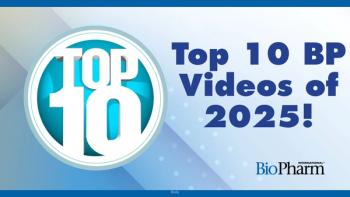
FDA Issues Final Guidance to Boost Development of Cell-Based Viral Vaccines
The US Food and Drug Administration has issued final guidance to help manufacturers who are developing cell-based viral vaccines to address emerging and pandemic threats.
The US Food and Drug Administration has issued final guidance to help manufacturers who are developing cell-based viral vaccines to address emerging and pandemic threats.
The document, titled Guidance for Industry: Characterization and Qualification of Cell Substrates and Other Biological Materials Used in the Production of Viral Vaccines for Infectious Disease Indications, will aid manufacturers who wish to use new cell substrates for vaccine production, such as for influenza vaccines. Currently, all licensed influenza vaccines are produced in chicken eggs.
To prepare the document, FDA scientists spent more than a decade conducting the research required for the document, as well as consulting with other scientists, the vaccine industry, and the public. In addition to providing advice to manufacturers about the scientific principles of cell substrate development, the guidance describes tests that may be used to evaluate cell substrates intended for use in viral vaccine production.
Cell cultures are now used to produce licensed vaccines that help protect against diseases such as rubella and polio. The guidance outlines the best practices using current and emerging science to safely expand the types of cells that may be used to produce vaccines.The guidance supplements recommendations on the production of viral vaccines for the prevention and treatment of infectious diseases provided in International Conference on Harmonization documents Q5A and Q5. The FDA published the new guidance document in draft form in September 2006. The FDA received a number of scientific comments and revised the guidance based upon those comments.
For more information:
Newsletter
Stay at the forefront of biopharmaceutical innovation—subscribe to BioPharm International for expert insights on drug development, manufacturing, compliance, and more.




